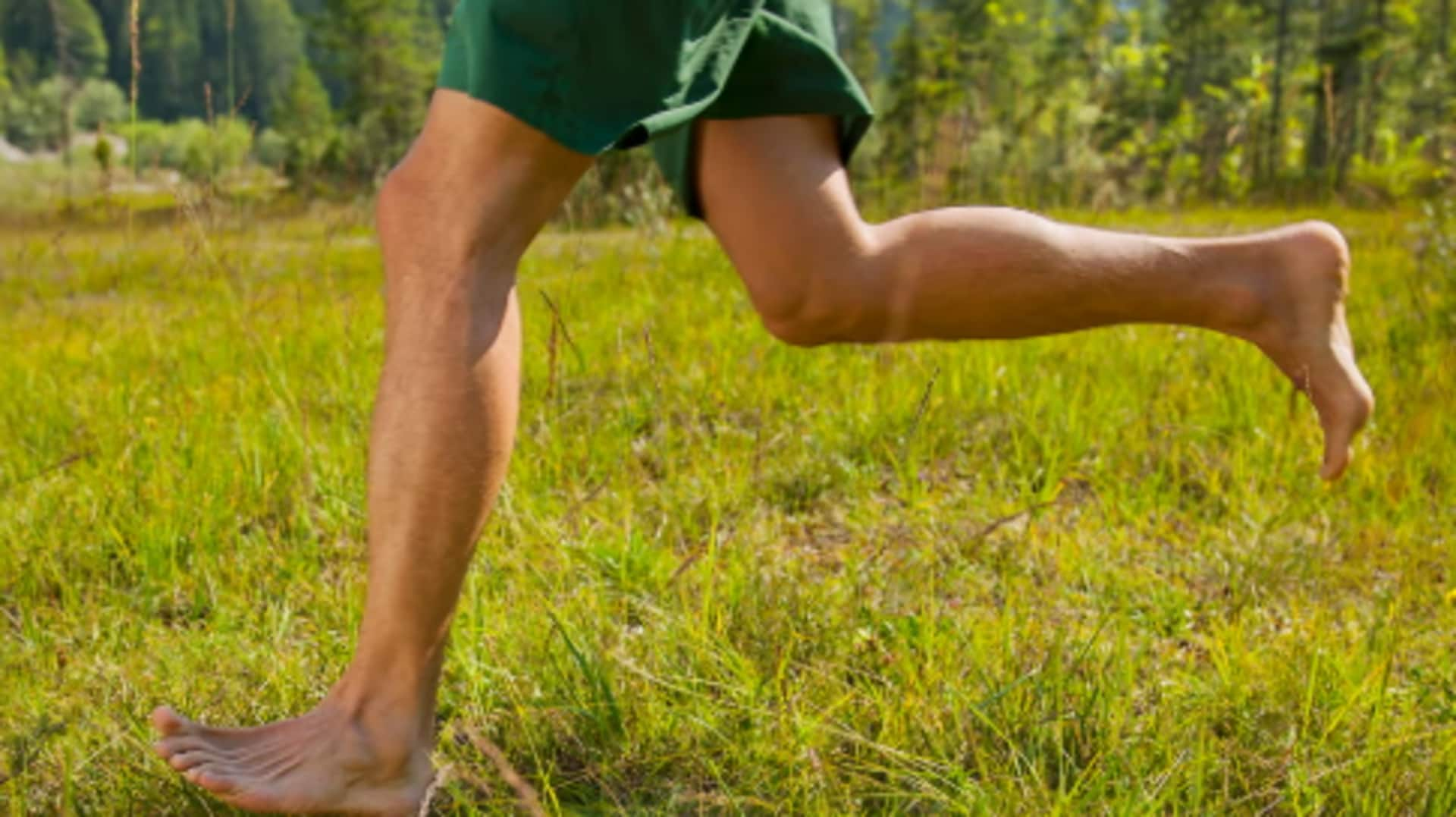
5 surprising benefits of barefoot running
What's the story
Barefoot running has caught the fancy of many, thanks to its possible health benefits and unique approach to fitness. While it sounds weird, a number of runners are looking at the practice for its benefits. By discarding traditional footwear, you can feel a different sort of connection with the ground and your own body. Here are five surprising benefits of barefoot running that would make you try it.
Foot strength
Improved foot strength
Running without shoes can also strengthen your feet. Without the support and cushioning of regular running shoes, your foot muscles are forced to work harder to stabilize every step. With time, this increased engagement can strengthen arches and improve overall foot health. Stronger feet may also improve balance and reduce the chances of injuries associated with weak foot muscles.
Proprioception
Enhanced proprioception
Barefoot running improves proprioception, which is your body's ability to sense movement and position in space. When you're not wearing shoes, your feet directly make contact with the ground, providing more sensory feedback. This increased awareness can boost coordination and agility as you become more attuned to subtle changes in the terrain. Improved proprioception may also prevent injuries by promoting better body mechanics during your runs.
Running form
Natural running form
Running barefoot promotes a more natural gait than running on thick-soled shoes or high heels. When you run barefoot, you naturally land on your forefoot or midfoot instead of heel striking. This change in form can minimize impact forces on joints such as knees and hips while promoting optimal energy use on runs.
Injury reduction
Reduced risk of certain injuries
Some studies also indicate that barefoot running might decrease the risk of injuries such as plantar fasciitis or shin splints. This is because it promotes a softer landing on the forefeet instead of a hard heel strike, promoting proper alignment and posture. Eventually, this can prevent stress fractures and other injuries by improving overall foot mechanics.